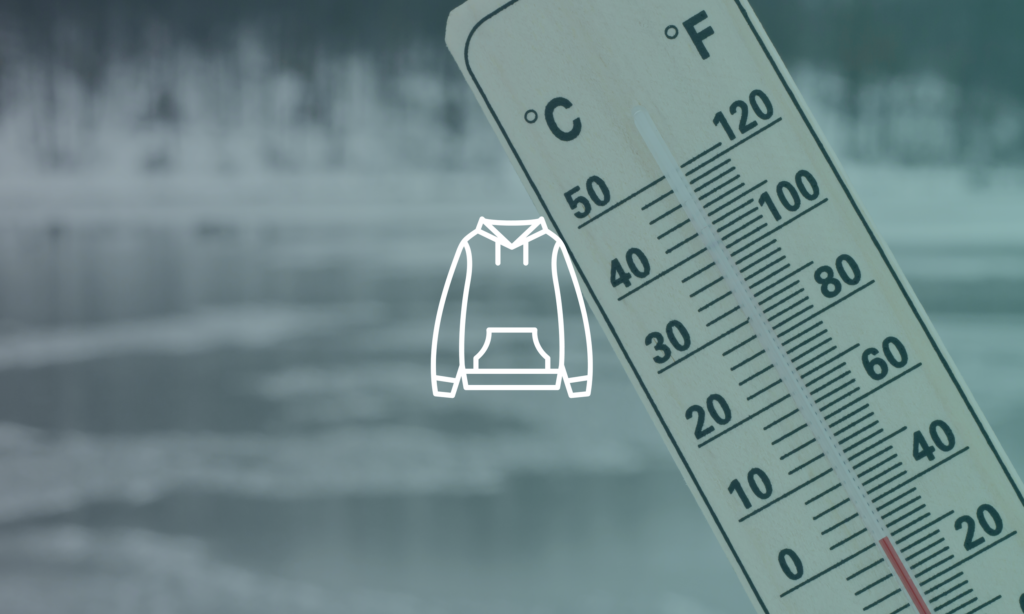
Parts of this article were taken from an article written by Emma MacKenzie (Programs Team Member) and Helen He (Programs Team Member and Editor of the Breaktime Blog).
While many of us view the holidays with festive joy, the cold climate and societal traditions make this time of year especially challenging for those experiencing homelessness.
“I can’t wait for Christmas to be over.”
This was the sentiment expressed by 18-year-old Kabrien Johnson — who goes by KJ — when asked how she felt about the holiday season. KJ has experienced homelessness for over two years. While many of us view the holidays as a time filled with family, festivities, and a much-needed break from work, for people like KJ, it isn’t all joy and cheer. Experiencing homelessness is never easy, but the challenges are only amplified during the holiday season.
Winter is one of the deadliest times of the year for people experiencing homelessness, since exposure to the cold can cause life-threatening illnesses like frostbite and hypothermia. According to the National Coalition for the Homeless, many emergency winter shelters don’t open until the weather outside is as low as 20 or even 13 degrees Fahrenheit, but hypothermia can set in much sooner than that: at 32 to 50 degrees. This means that people experiencing homelessness are often forced to stay outside on the streets, even at very dangerous temperatures.
Many winter shelters don’t open until temperatures reach levels far colder than life-threatening, leaving people experiencing homelessness outside in dangerous conditions. Image courtesy National Health Care for the Homeless Council.
Every year, at least 700 people in the United States die from hypothermia because they lack access to suitable housing or shelter. These individuals, and more, are recognized on National Homeless Persons’ Memorial Day, which was on December 21st this year. Fitting to the elevated risks posed by the colder climate of this season, this Remembrance Day occurs annually on the winter solstice — the longest night of the year.
Even when shelters are open during the winter, they fill up quickly, which means fewer resources — such as food or warm clothing — can be distributed to each individual. Temporary cold-weather shelters have faced many shortages of volunteers, masks, and the sanitation equipment necessary to keep them running safely and effectively.
For those who are homeless and terminally ill, cold and wet weather is more likely to be threatening.
If you’re wondering how to help those experiencing homelessness this holiday season, there are many ways to get involved. Consider donating warm clothes or blankets to your local homeless shelter or other organization; gloves, thick socks, sweaters, boots, sleeping bags, and winter hats and coats are typically most appreciated.
More importantly, though, extend your support beyond this month as well. Consider making recurring donations to Joshua’s House to help its terminally ill, homeless residents be comfortable and feel loved and cared about!
Gracias y felices fiestas!

